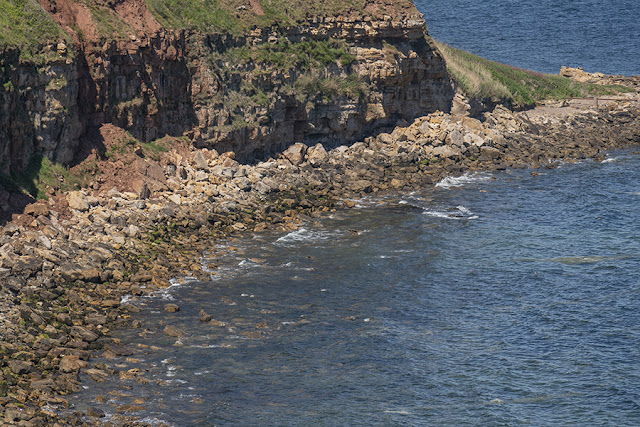Cove has probably been a harbour since prehistory with many attempts to build piers that failed. The rock-cut tunnel and cellars were cut in 1752 for Sir John Hall of Dunglass.
The piers were designed by Joseph Mitchell, pupil of Thomas Telford, in 1828 and paid for by Sir James Hall of Dunglass and the Board of Commissioners for the Herring Fisheries.
Alexander Somerville, son of a local mason, described the construction of the harbour in dramatic detail. In 1832 he became famous for saying that the soldiers of the Scots Greys would not harm the citizens. For this he was almost flogged to death and became a cause célèbre in the year of the Reform Act 1832.
For a brief time the harbour was one of the most important herring ports on the east coast of Scotland. The houses on the pier date from this time. Later they were extended for increasing numbers of fishermen and a Haddock House was built across the bay, beside the Blue Cabin.
In 1881 Cove was disproportionately hard hit by the East Coast Fishing Disaster, losing eleven out of its
twenty-one men and three out of four boats. A recent memorial at the head of the track, sculpture by Jill Watson, commemorates the surviving widows and children.
At the end of the C19th the painters known as 'The Glasgow Boys' based themselves in the area and Cove was a popular subject to paint. The boathouse on the beach was built in 1901.
The Harbour was given to Berwickshire County Council in 1974 and to avoid management difficulties it was sold by the Borders Regional Council to Cove Harbour Conservation Ltd in 1991, which maintains and manages the harbour privately.
flickr






































